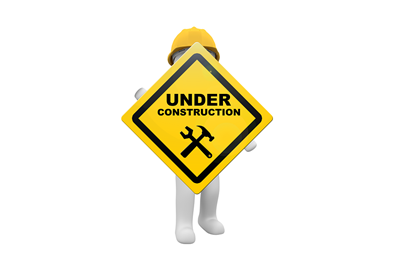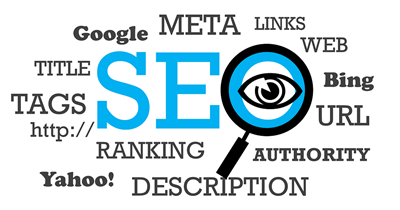So, it has been a couple of years since your last website update, or you have recently changed your marketing strategy. No matter the reason, revamping your business website or even moving over to a new CMS requires planning and some effort. A significant concern for business owners is how the redesign process will affect site SEO ranking that they have worked so hard to achieve.
However, if done right, redesigning your website can be a painless process that has little to no effect on the current SEO ranking. The update can be dramatic, but you will still maintain the site’s overall structure. However, if done without forethought, the update process can quickly wipe out your authority, and the tips below will help you avoid an SEO disaster.
Maintain Much of the Same Content
If it is not broken, you do not need to fix it doesn’t mean that you cannot change a page to reflect changes within your organization or business. However, ensure that your copy and development teams are aware of the tags that don’t need changing. While you can make changes to your content as you revamp the website, make the changes deliberate and small.
To maintain your current SEO ranking, keep your page’s title tag, Meta description, URL and the H1 to H6 tags as they are. The areas mentioned are the most visited by search engines like Google, and they are the most critical for ranking.
Have 301 Redirects
At the same time, do not take away any pages that are doing well. If you need to, you must inform search engines of the change by using a 301 redirect. Failure to implement the 301 redirects means that you lose as much as 94 percent of your traffic. Equally important, keep a list of your old page URLs vs your new URLs to help with importation of 301s to your URL mapping tool.
Take Stock
According to Thunderhawk, you must take a snapshot of your ranking and site before you make any changes. The snapshot is a vital reference point as you evaluate whether everything has been indexed and ranked as expected.
Some of the areas you should have snapshots of include your current SEO rank using Google Analytics and crawling through the site, so you see the structure in terms of tags. Check also for any blocked content in your Google Search Console as well as Robots.txt. Once you have the site inventory, examine your site goals and figure out the best way to improve your site without hurting ranking.
Preserve Website Architecture
While you can change the files and navigation based on your new strategy and goals, maintain as much of the structure as you can. Already, search engines know the current architecture of your site, so keeping it offers you a good chance of not affect ranking. Also, remember your current visitors, so they don’t get confused once they revisit your site.
Block Staging Site from Search Engines
After you have created a game plan on your website’s architecture, it is time to go into designing and building your new site. The development team should have the new site running in a staging environment or platform that closely resembles the live world. The staging stage ensures that you don’t mess with your live site, commit accidental permanent changes or even create duplicate content.
You must monitor these things, so you do not drop in SEO ranking, and you can get back up to work quickly. With all these items considered, you shouldn’t run into any problem as you redesign your website.


